Sydney Opera House amongst the most recognizable buildings in the world. Since its inauguration in 1973, this iconic structure has become synonymous with Australia’s cultural identity, drawing millions of visitors and art enthusiasts from around the globe. You can’t really say you’ve been to Sydney if you haven’t seen the Opera House!
I lived in Sydney for about 10 years, and made many visits to the Opera House, both to attend performances and just admire the beauty of Sydney Harbour and the foreshore. Now I spend my time between Melbourne, the UK and Europe, but when I’m in Australia I usually visit Sydney and if possible make it at a time when there’s something I want to see at the Opera House!
It is easy to reach by Sydney’s new tram system, by train (at Circular Quay station) or by the iconic Sydney ferries from a variety of points around the harbour.
There’s plenty of accommodation around the Opera House and circular quay, which caters to all budgets. It’s also possible to get guided tours of the opera house, and other parts of Sydney
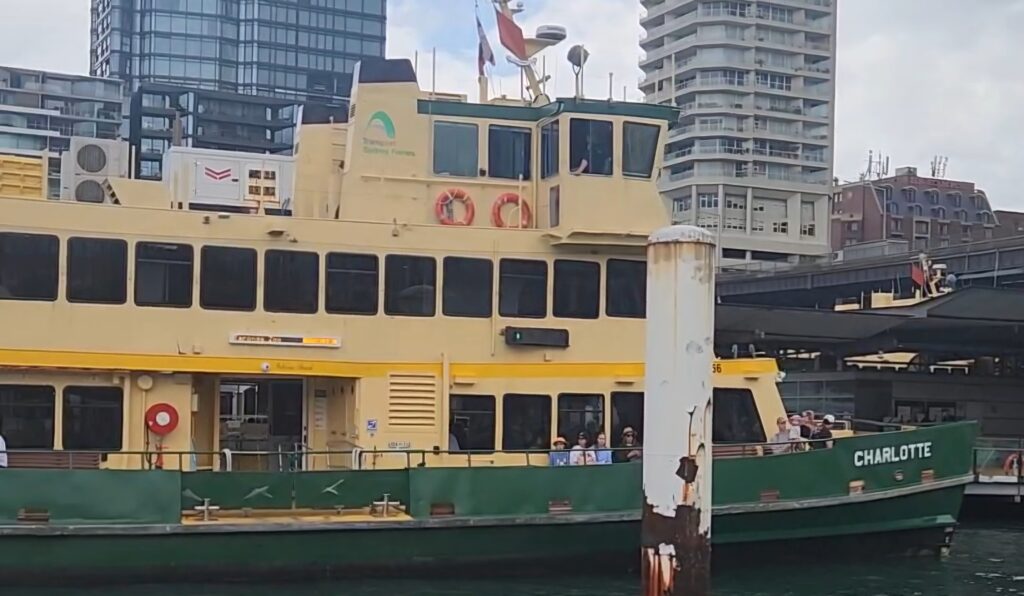
A Brief History
The vision for the Sydney Opera House emerged in the late 1940s when the New South Wales government recognized the need for a dedicated venue for large-scale theatrical productions. In 1956, an international design competition was held, attracting 233 entries from architects worldwide. Danish architect Jørn Utzon’s innovative design, featuring sail-like shells, was declared the winner, earning him £5,000. Construction commenced in 1959 and, despite numerous challenges—including design modifications, budget overruns, and Utzon’s resignation in 1966—the Opera House was officially opened by Queen Elizabeth II on October 20, 1973. The project, initially estimated to take four years, spanned 14 years and cost AUD 102 million, significantly exceeding the original budget.
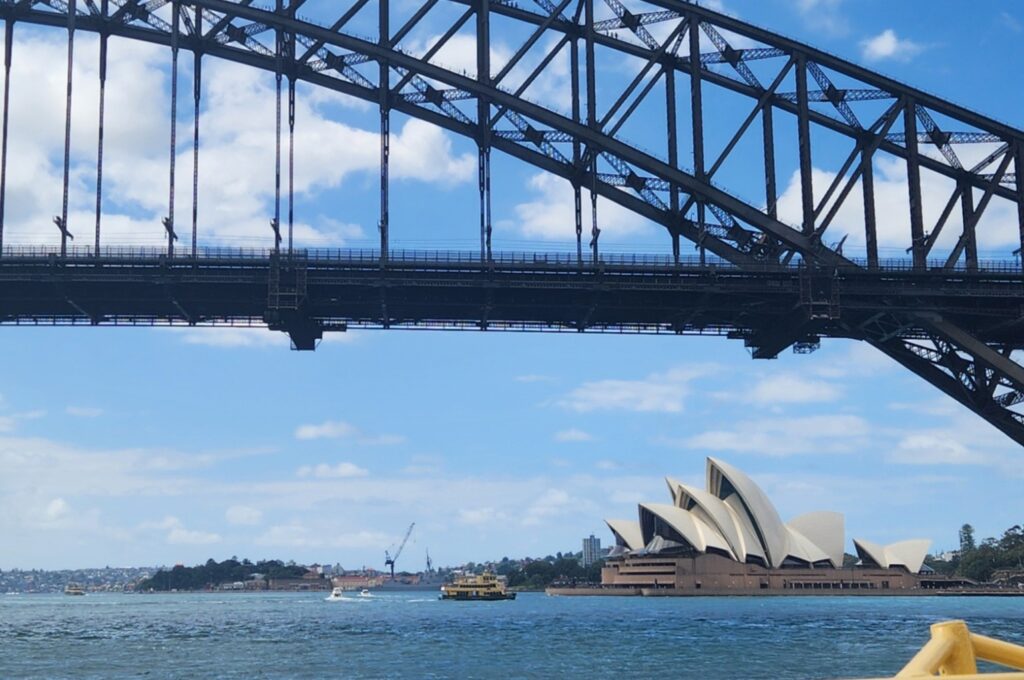
Performance Venues
The Sydney Opera House includes a number of performance spaces, where you can see opera, orchestral performances,ballet, plays and other various performances. These spaces include:
- Concert Hall: The largest venue, seating 2,679 patrons, is home to the Sydney Symphony Orchestra. It includes the Sydney Opera House Grand Organ, the world’s largest mechanical tracker action organ and has over 10,000 pipes.
- Joan Sutherland Theatre: Named after the great Australian soprano, it has 1,507 seats, serving as the Sydney base for Opera Australia and The Australian Ballet.
- Drama Theatre: A 544-seat theatre used by the Sydney Theatre Company and other theatrical productions.
- Playhouse: A 398-seat theatre, ideal for intimate performances.
- Studio: A versatile space accommodating up to 400 guests, depending on its configuration.
- Utzon Room: A multi-purpose venue hosting chamber music performances, parties, and corporate functions.
- Yallamundi Rooms: A function area that can host up to 400 people, commonly used for weddings and business events.
- Forecourt: An open-air venue that utilizes the Monumental Steps for audience seating during major outdoor events.
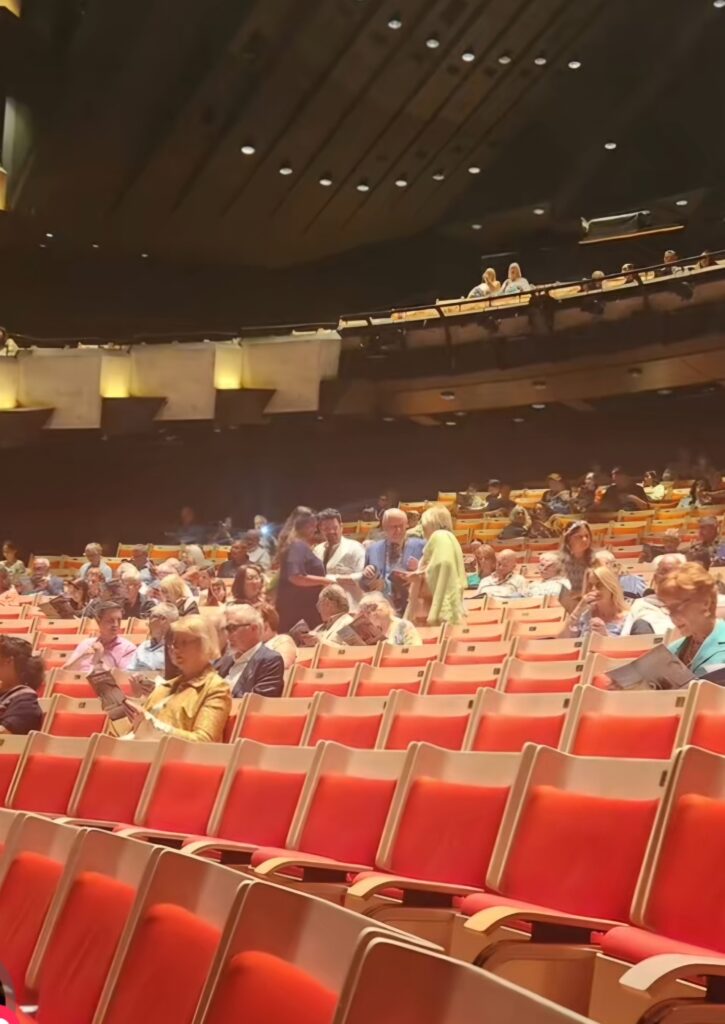
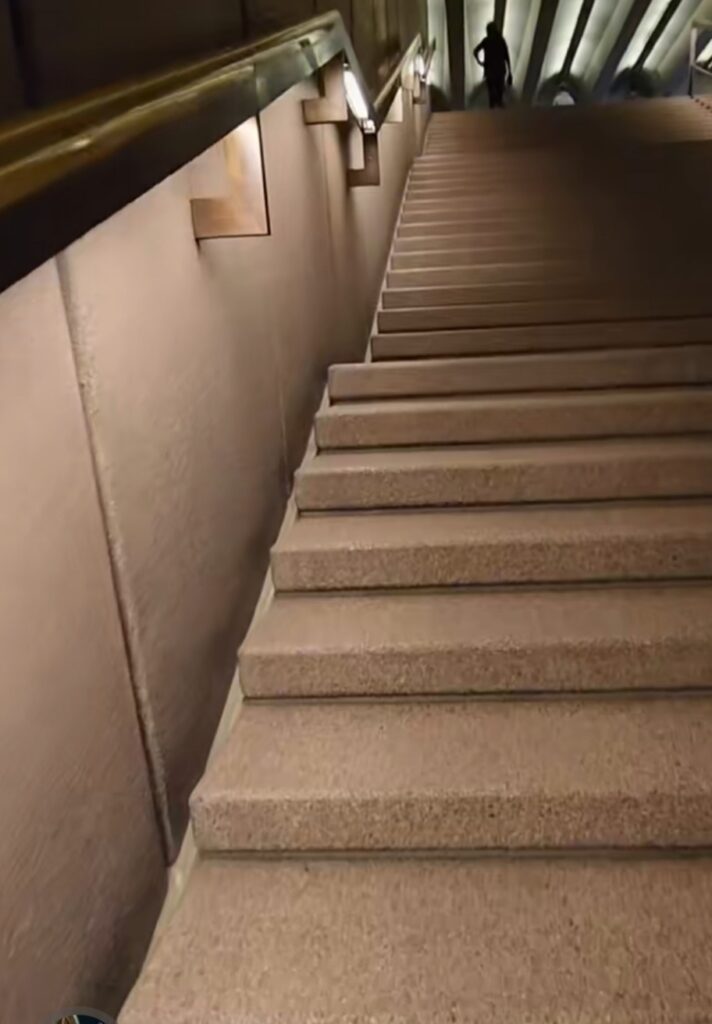

Annual Events and Festivals
The Opera House is a vibrant cultural hub, hosting over 1,800 performances per year. Notable events include:
- Vivid LIVE: Part of the broader Vivid Sydney festival, Vivid LIVE is an annual music takeover featuring over 50 cutting-edge international and Australian artists.
- All About Women: Held annually in the week of International Women’s Day, this festival features talks and discussions centered on gender, justice, and equality.
- DanceRites: Australia’s national Indigenous dance competition, celebrating the rich cultures of Aboriginal and Torres Strait Islander communities.
- Great Opera Hits: A recurring series showcasing some of the most beloved arias and operatic pieces.
- Family and Educational Programs: Events like “Kids Music Playtime” and workshops such as “Meditation and Creativity” cater to younger audiences.
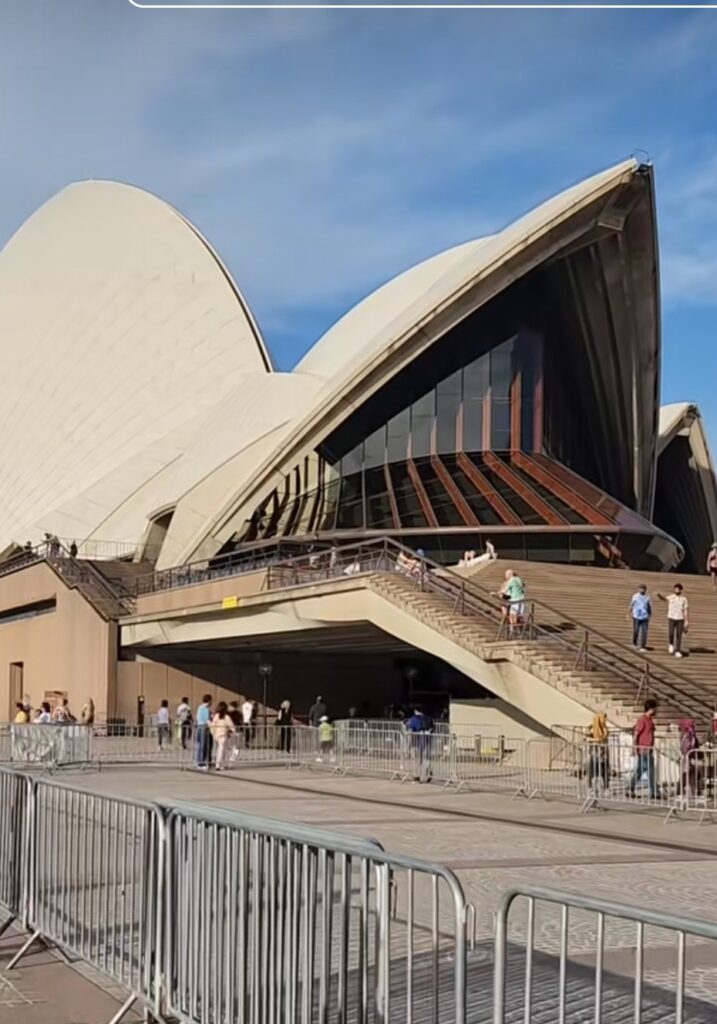

Cultural Significance
In 2007, the Sydney Opera House was recognized as a UNESCO World Heritage Site. It is celebrated as “a great architectural work of the 20th century.” Its presence has not only transformed Sydney’s skyline but has also played a pivotal role in shaping Australia’s cultural landscape. The Monumental Steps, the Opera House continues to be a place where history and art converge.
As the Sydney Opera House approaches its 52nd anniversary, it remains a beacon of artistic excellence.
You haven’t been to Sydney if you haven’t been to the Opera House!


